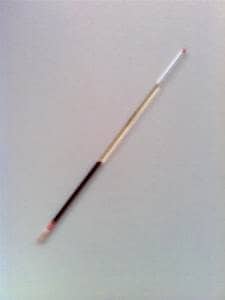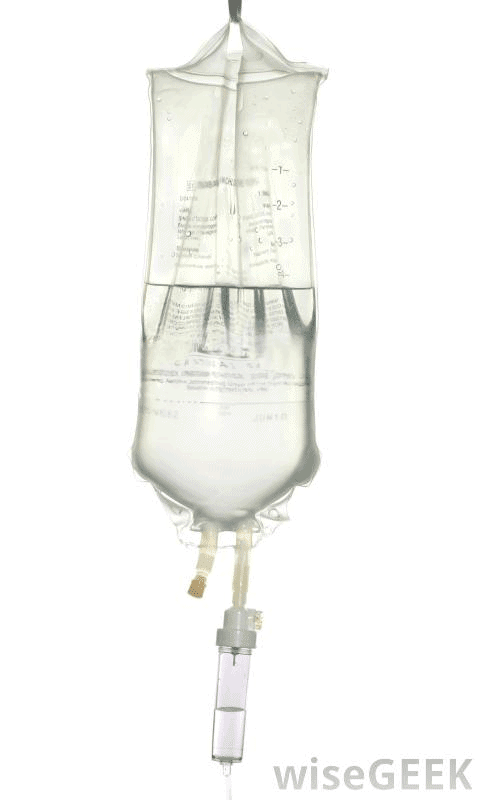The acronyms above stand for acute hemorrhagic diarrhea syndrome and hemorrhagic gastroenteritis, respectively

The term hemorrhagic gastroenteritis means inflammation of the stomach and intestine with bleeding. This kind of bleeding inflammation might be seen in patients with parvovirus infection, pancreatitis, inflammatory bowel disease or any number of other conditions but when the term HGE is used, it refers to a more specific canine syndrome and is an entity in and of itself – although many different things can be the underlying cause.

from serum
HGE has been renamed AHDS, which stands for acute hemorrhagic diarrhea syndrome. Because this change in is recent, the terms are sometimes used interchangeably among veterinary professionals.
Acute hemorrhagic diarrhea syndrome is a potentially life-threatening intestinal condition, which manifests as sudden bloody, watery diarrhea. The symptoms are extremely dehydrating, often much more than might be expected from the amount of diarrhea, and if it is not promptly treated, the dog can go into shock and can die.
Vomiting is often part of the syndrome; in fact 80 percent of patients experience vomiting approximately 10 hours prior to the dramatic bloody diarrhea and about half the time vomiting contains obvious blood.
The good news is that with hospitalization and treatment, most dogs recover rapidly. It is crucial to identify AHDS and rule out other serious conditions promptly so that the dog can get the correct treatment and the pet’s family can have proper expectations.
How is this Condition Diagnosed?
There are no specific tests for AHDS but a test but labwork that shows a high proportion of red blood cells to serum (or the non cellular portion of blood) is helpful in making the diagnosis. When a patient becomes dehydrated, there is less fluid in the bloodstream, thus reflecting a higher ratio of red cells to serum. Basically, a dehydrated patient has a very high percentage of red cells in the test mentioned
As noted, there are many causes of a bloody diarrhea like this, including an intestinal foreign body that requires surgery. Expect your veterinarian to need other tests to rule out other potentially more serious conditions.
What Causes AHDS?
There are still many unknown factors but the cause appears to begin with infection from an intestinal bacterium called Clostridium perfringens Type A. This organism produces two toxins called NET E and NET F, which are different from the usual Clostridial enterotoxin that is well known to cause diarrhea. The toxin ulcerates the intestinal lining and the intestinal blood vessels become permeable to fluid. In this way, fluid is lost into the intestine dehydrating the patient and the PCV rises while the ulcers are responsible for the bleeding.
Treating AHDS
The heart of therapy is aggressive fluid replacement. The idea is to get the PCV back to the normal range and keep the patient out of shock. Medication for nausea and pain control are included as is a low fat diet as soon as the patient is willing to eat. As dramatic as the diarrhea is, most patients have an equally dramatic improvement in the first 24 hours of hospitalization and the average dog is out of the hospital after three days total.

Antibiotics are surprisingly controversial in this syndrome and their use depends on many patient factors (such as whether or not there is a fever, white blood cell count, whether or not the expected improvement is achieved, etc.
Stool can be expected to gradually return to normal over the course of about one week.
Probiotics (cultures of healthy bacteria) help repopulate the colon with appropriate bacteria but it is best to start these when recovery is underway – after vomiting has ceased.


